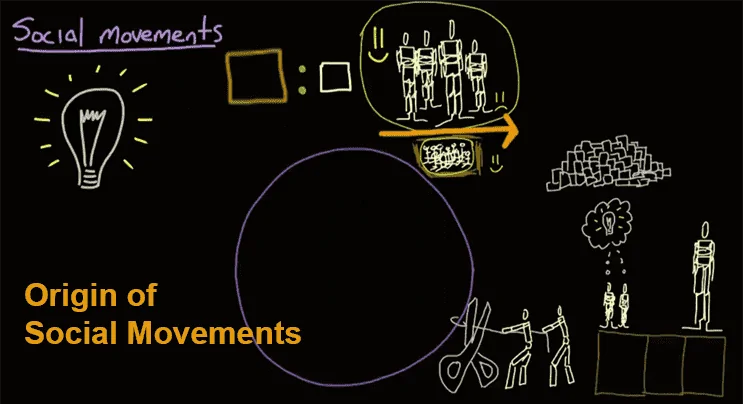Write a note of Kinship system in north india.
KINSHIP SYSTEM IN NORTH INDIA
Though kinship behaviour in the Northern zone changes slightly from region to region and within each region from caste to caste, yet comparative study shows that it is possible to talk of an ‘ideal’ Northern pattern referring to practices and attitudes generally found to be common among a majority of the castes. Broadly speaking Northern India is characterized by patrilineal descent group. That is descent is traced from father to son.
Members of patrilineal group cooperate in ritual and economic activities. It is his found that they live close together in the same village, which further strengthens the ties. In case of conflict or rivalry among brothers there is a partition of the joint family. This conflict may be passed on to the children who continue the rivalry between them.
The mode of inheritance is patrilineal. The patrilineal members share jural rights and hence cooperate to keep the rights. Thus, it becomes the main principle of social organization. Lineage as well as clan are exogamous units. Kinship system further operates within the families of the caste groups living in the same village. Caste members cooperate with each other and marry amongst themselves. Sub-caste, the operational unit of caste, is endogamous and performs all the functions of a caste. That is it, provides the framework within which. the kinship system operates.
There are people who are neither related through blood or through marriage. Yet they form bonds of fictive kinship with each other. e.g. referring to some one as brother, uncle, aunt despite no relation refers to future kinship. The kinship terminology used in North India is descriptive by nature. It describes the exact relation of a person towards another.
The term chacha, mama, mausa, taoo, sala, bahanoi, nandoi, bhabhi, devar etc. are descriptive terms and designate the speaker’s exact relation. A clear cut distinction is made between parallel and cross cousins. Bhatija and Bhatiji are children of one’s brother. Bhanja and Bhanji are sister’s children.
Every relationship involves a particular type of behaviour. The behaviour of a son towards his father is one of respect while the behaviour of husband towards his wife is that of love. In all societies, the usage of avoidance is observed in one form or the other. It means that the two kins should remain away or avoid each other. e.g. father-in-law and daughter-in-law. Reverse of avoidance is the joking relationship under which the relative is permitted to tease or make fun of the other. e.g. devar, bhabhi, jija, sali.
In North India, clan exogamy prevails where no man gets his daughter maned to the man of his patriline. Gotra is the term used to refer clan which regulates marriage within a sub-caste. Four clan rule exists wherein a man does not carry a woman from his father gotra, mother gotra, father’s mother’s gotra and mother’s mother gotra.
Village exogamy is another marriage rule which is followed. Marriage rules in North India reflect a hierarchical relation between bride givers and bride takers. Rule of hypergamy exists whereby a girl is married to a superior and noble family. This is reflected in the practice of dowry where gifts are given to the bride takers in compensation. Thus, gift giving and receiving is a well defined social activity.




